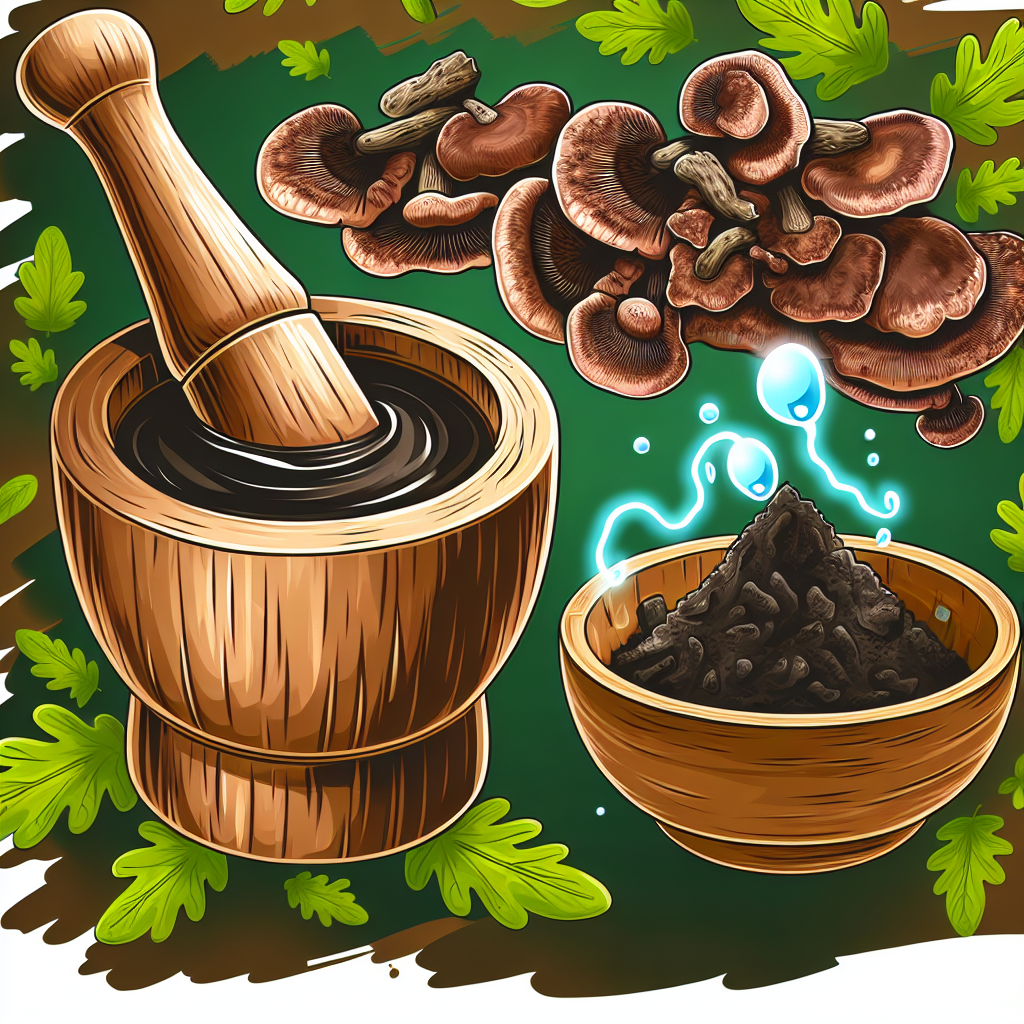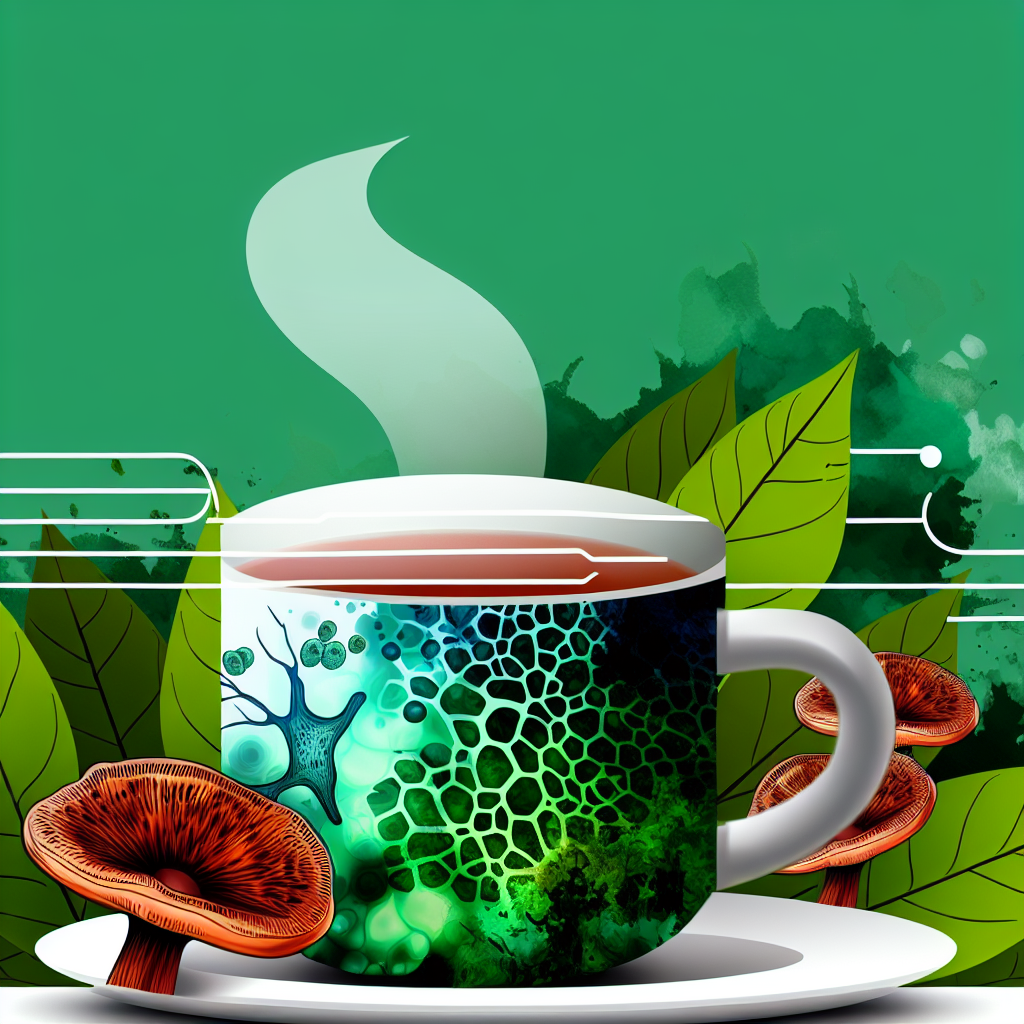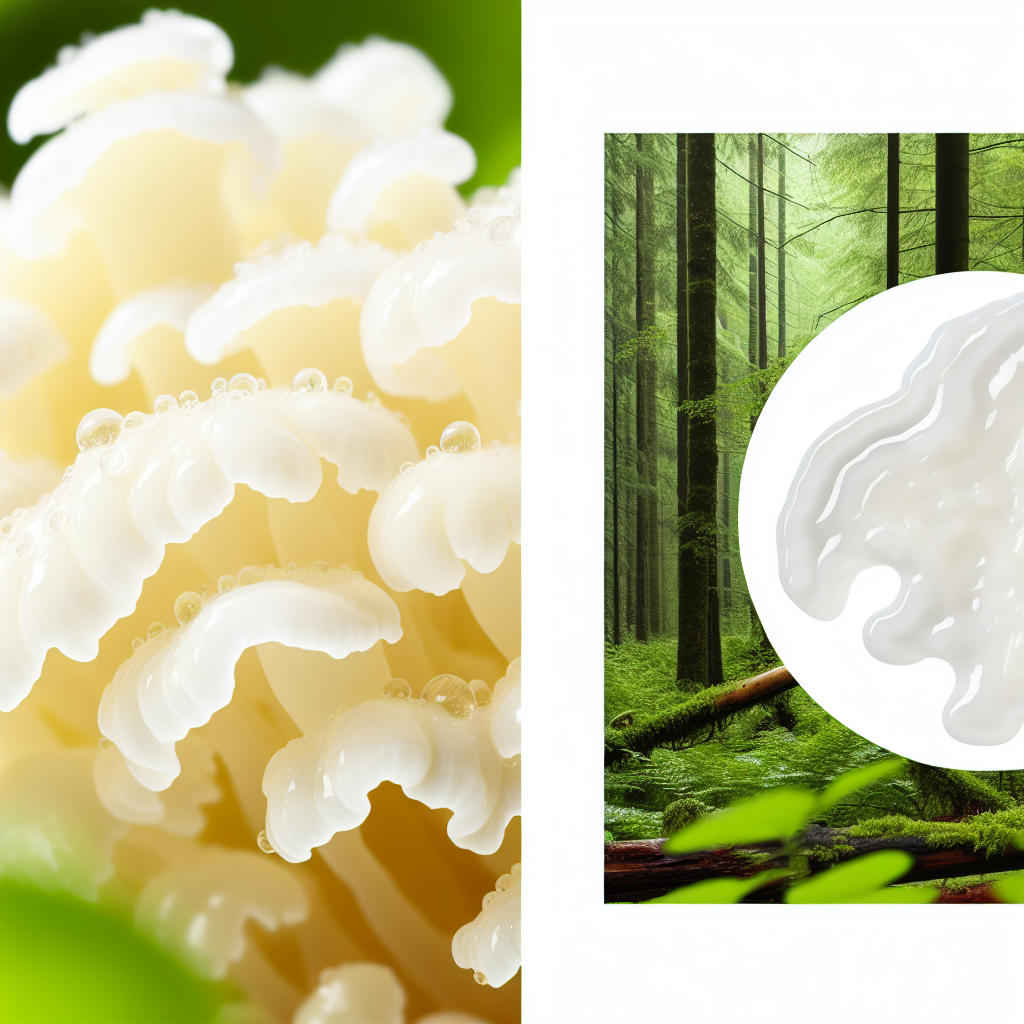Chaga Mushroom Extraction Methods: Maximizing Antioxidant Bioavailability
Introduction
In the world of medicinal mushrooms, the Chaga mushroom (Inonotus obliquus) stands out as one of the most powerful natural agents for health optimization. Revered for centuries in indigenous Siberian and Northern European cultures, Chaga is prized for its extraordinary antioxidant properties and is now gaining global attention for its immune-boosting, anti-inflammatory, and potentially antitumor effects.
One critical factor that influences Chaga’s therapeutic effectiveness is the extraction method used to prepare it. Simply brewing Chaga like standard tea may not extract the full spectrum of bioactive compounds that provide its health benefits. Many of Chaga’s most potent elements—such as polysaccharides (especially beta-glucans), polyphenols, triterpenes like betulinic acid, and the powerful enzyme superoxide dismutase (SOD)—are locked within Chaga’s hard, chitin-rich cell walls.
To unlock these valuable compounds, targeted extraction methods are necessary to ensure maximum bioavailability—how efficiently these compounds are absorbed and used by the body. Improper preparation can lead to poorly absorbed or entirely missing constituents, reducing the potential health benefits you receive.
Traditional hot water extraction works well for water-soluble polysaccharides, but it’s insufficient for fat-soluble compounds like betulinic acid. More advanced methods such as alcohol-based extractions or dual extractions (utilizing both hot water and alcohol) are required to produce a full-spectrum yield of Chaga’s therapeutic elements.
For today’s educated consumer, understanding how extraction techniques influence Chaga’s health-promoting chemistry can help in choosing the most effective tinctures or supplements. With the rise of interest in adaptogens, nootropics, and mycotherapy, proper extraction methods are as pivotal as the mushroom itself.
This article explores the most effective extraction practices for Chaga, with a focus on enhancing antioxidant bioavailability and maximizing therapeutic potency.
Scientific Research on Chaga and Extraction Methods
Chaga’s powerful antioxidant profile has been validated by several scientific studies. Oxidative stress, a known contributor to aging and chronic conditions like cancer, cardiovascular disease, and neurodegenerative disorders, may be mitigated by the antioxidant agents found in Chaga.
A noteworthy study published in the International Journal of Medicinal Mushrooms (2011) demonstrated that Chaga extracts have a high oxygen radical absorbance capacity (ORAC), a metric used to measure antioxidant power. Of particular importance, the study confirmed that this capacity was strongly impacted by the extraction method used. Ethanol-based and dual-extraction methods produced significantly higher yields of polyphenols compared to hot water extraction alone ([source](https://www.researchgate.net/publication/286926776_Biological_Activities_of_Inonotus_obliquus_Chaga)).
A 2015 study in the journal Plant Foods for Human Nutrition examined the immunomodulatory and antioxidant effects of Chaga and reinforced the findings that ethanol extractions retain a higher concentration of flavonoids and triterpenes—compounds critical to Chaga’s anti-inflammatory and potential anticancer effects ([source](https://link.springer.com/article/10.1007/s11130-015-0522-7)).
Triterpenes like betulinic acid are not water soluble and require alcohol-based solvents for effective release. These molecules originate from the birch bark on which Chaga grows and are known for their cytotoxic effects on cancer cells. Therefore, water-only teas or decoctions simply cannot access the full therapeutic range Chaga offers.
Dual extraction has become the industry gold standard for high-quality Chaga tinctures. By performing hot water and alcohol extractions sequentially or simultaneously, both hydrophilic (water-soluble) and lipophilic (fat-soluble) compounds are captured. Consumers benefit from a broader profile of antioxidants and additional bioactives per dose.
Field reports from organizations like the American Herbal Pharmacopoeia confirm that dual-extracted formulations are superior in terms of consistency and therapeutic impact across batches.
Other emerging methods include:
– Ultrasound-Assisted Extraction (UAE): This process uses high-frequency sound waves to rupture Chaga’s tough cell walls, releasing antioxidants more efficiently. It’s especially effective in shortening extraction time while maintaining compound integrity ([source](https://www.sciencedirect.com/science/article/abs/pii/S030881461401166X)).
– Supercritical CO₂ Extraction: A highly advanced, solvent-free method that uses carbon dioxide in a supercritical state to isolate fat-soluble components. Although clean and efficient, it’s cost-prohibitive for most producers and currently limited to large-volume commercial applications.
Conclusion
Chaga mushrooms harbor exceptional antioxidant properties, but the degree to which the body can benefit from them hinges on the extraction technique. Research strongly supports the superiority of dual extraction and alcohol-based methods over traditional teas, especially in accessing fat-soluble bioactives such as triterpenes.
With growing interest in integrative and natural therapies, consumers should pay close attention to how their Chaga products are processed. Products labeled as dual-extracted or full-spectrum are most likely to deliver the complete antioxidant arsenal Chaga has to offer. Whether you’re consuming it as a tincture, tea, or capsule, knowing the science behind the method can help you make better, more effective wellness choices.
Concise Summary
Chaga mushrooms offer potent antioxidant and immune-boosting benefits, but the extraction method significantly impacts their effectiveness. While hot water extracts water-soluble components, alcohol and dual extractions are necessary to obtain fat-soluble bioactives like betulinic acid. Scientific research confirms that dual extraction yields superior concentrations of polyphenols, triterpenes, and flavonoids. Modern innovations like ultrasound-assisted and supercritical CO₂ extraction also show promise. For optimal health benefits, consumers should seek dual-extracted or alcohol-prepared Chaga tinctures that ensure maximum compound bioavailability.
References
– Biological Activities of Inonotus obliquus (Chaga) – International Journal of Medicinal Mushrooms, 2011
– Antioxidant and Immunomodulatory Effects of Chaga Extracts – Plant Foods for Human Nutrition, 2015
– American Herbal Pharmacopoeia: Chaga Monograph
– Superoxide Dismutase (SOD) Activities in Mushroom Extracts – PubMed
– Ultrasound-Assisted Extraction for Improving Antioxidant Activity – ScienceDirect

Dominic E. is a passionate filmmaker navigating the exciting intersection of art and science. By day, he delves into the complexities of the human body as a full-time medical writer, meticulously translating intricate medical concepts into accessible and engaging narratives. By night, he explores the boundless realm of cinematic storytelling, crafting narratives that evoke emotion and challenge perspectives. Film Student and Full-time Medical Writer for ContentVendor.com




